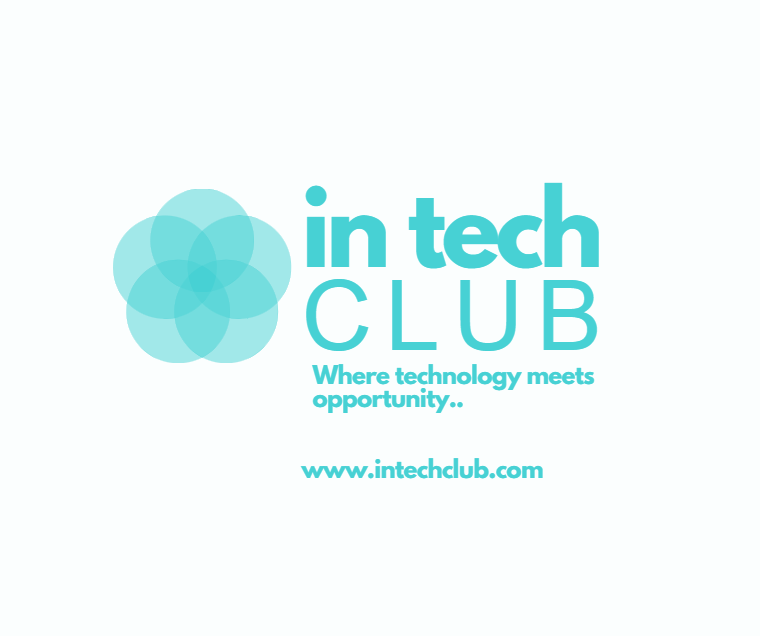According to The World Bank, as people gain access to accounts, they are more likely to use other financial services – such as savings, credit, and insurance, start and expand businesses, invest in education or health, manage risk, and weather financial shocks better.
There are about 1.4 billion adults globally who do not have access to formal financial services. About 26% of unbanked people in low-income countries report a lack of identity documentation as one of the primary barriers to accessing financial services.
This is why one of the keys to address this gap is digital identity systems. A digital ID can help verify identities electronically, overcoming the lack of ID documentation. Financial institutions and FinTech firms can automate their KYC, or know-your-customer, and AML, or anti-money laundering processes through digital identity verification, reducing manual workload and human error.
Digital ID has been a game-changer for financial inclusion in India, widening access to financial services and boosting security and innovation.
- India’s Aadhaar, one of the world’s largest biometric identification systems, has generated more than 1.3 billion Aadhaar IDs thus far.
- With Aadhaar, the cost of conducting KYC was reduced from $12 dollars per account to just 6 cents.
- Aadhaar has helped in opening new bank accounts for 510 million people in India.
- As of 2021, about 80% of India’s population had a bank account, a significant
increase from just 35% in 2011. - There is no greater testament than this to the power of digital technologies to
enhance financial inclusion.
Access to Payments and Mobile Money
Next, access to digital payments and mobile money.
The development of digital wallets and mobile money platforms has revolutionised the way individuals store and transfer funds. These platforms empower users to make digital payments, access credit, and engage in e-commerce.
In Singapore, we can now transfer money electronically to individuals in real-time using just their mobile phone numbers or national ID numbers, and to businesses using their unique entity numbers. Singapore was one of the first countries in the world to make possible real-time digital payments directly from bank account to bank account, at zero cost.
But the mobile payments revolution began in Africa, with M-Pesa in Kenya.
- M-Pesa allows people to transfer money and make payments using basic mobile phones – not smart phones – thereby enabling financial services for millions of unbanked individuals.
- M-Pesa has enabled over 200,000 households to move out of poverty by providing access to financial services.
Today, there are about 60 digital payment systems worldwide, with two-thirds of the adult population able to make or receive digital payments. This has significantly enhanced financial inclusion and business efficiency.
Access to Financing
Third, access to financing.
Micro, small, and medium enterprises, or MSMEs, account for 70% of employment worldwide, supporting the livelihoods of hundreds of millions of families. MSMEs everywhere face significant challenges in accessing affordable finance to grow their businesses.
Digital technologies and platforms have been a boon to many such MSMEs. In many parts of the world, it is now possible for an MSME to get financing through their mobile devices.

